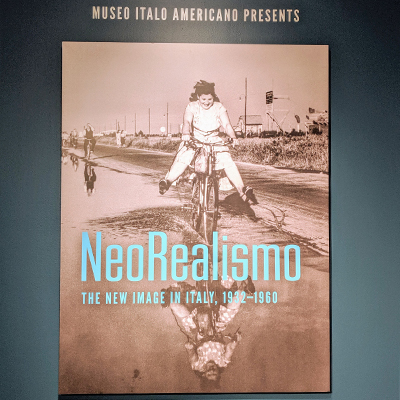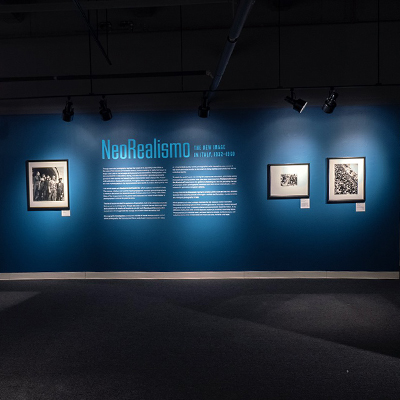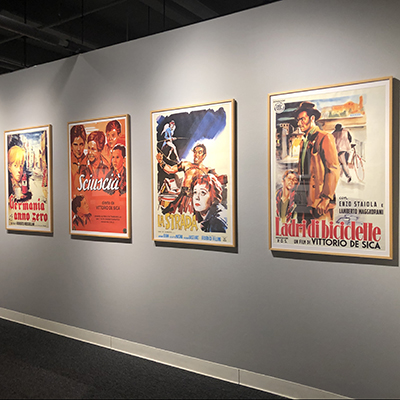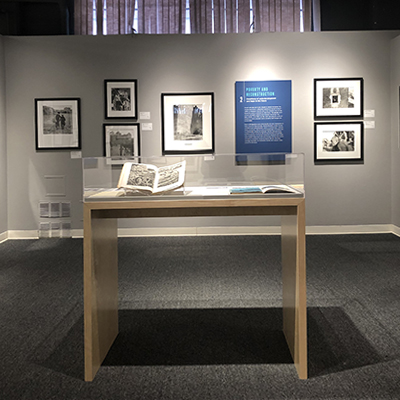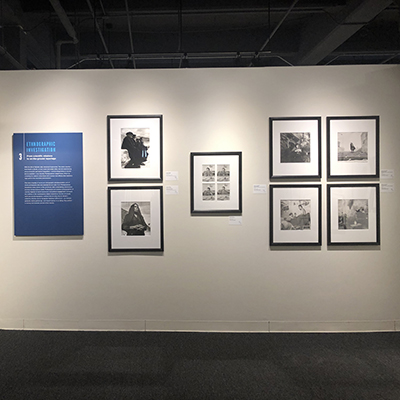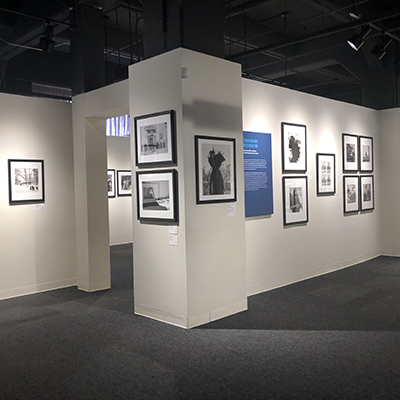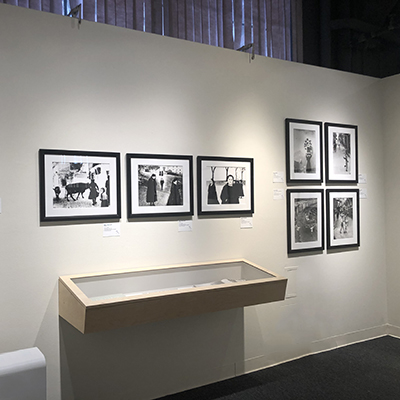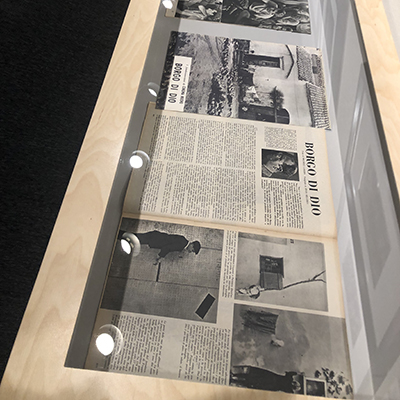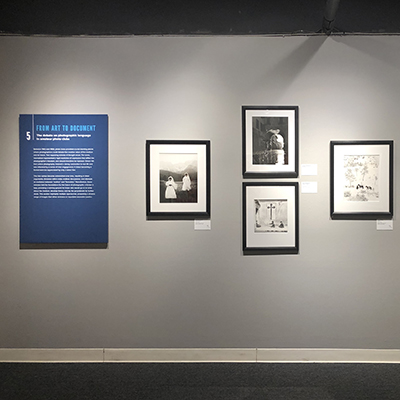June 26 – September 15, 2019
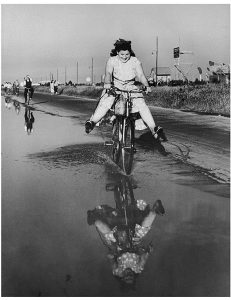
NeoRealismo: The New Image in Italy, 1932–1960 explores Italian Neorealism in photography, as it documented Italy’s economic and social conditions in the mid-20th century and its rise as a democratic nation. Though neorealist photography reached the height of its popularity in the 1950s in the wake of the success of neorealist cinema, the documenting of reality had begun to forge a new path in the language of photography decades before. Photographers who documented life in Italy before, during, and after World War II, provided a powerful portrait of their country and helped to effect monumental social change. The images and publications displayed thematically throughout the exhibit celebrate the role of photography in the democratization and rebirth of a nation destroyed by war.
The exhibit opens with Realism in the Fascist Era, which explores neorealism’s roots. The camera, initially a tool used for fascist propaganda, ironically gave photographers a means to document the desperate squalor that pervaded much of Italy in the 1930s. Many of the images taken in this period were censored and would remain hidden in photographers’ archives for years to come.
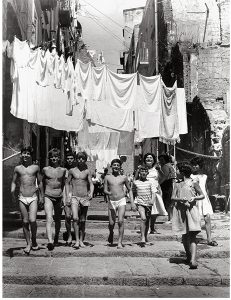
The fall of fascism marked the explosion of neorealism, both in its celebrated cinematic form as well as in photography. Though Italy was in ruins after the war, there was hope and optimism in its newfound freedom to rebuild itself. Poverty and Reconstruction reveals both the struggle and the courage of a broken nation recreating itself. Ethnographic Investigation portrays the heyday of social photojournalism and of street photography that documented life as really lived. It communicates the story of a fragmented country, told by photographers who traveled to every corner of the Italian peninsula in order to document its many realities and to help Italy find its collective identity.
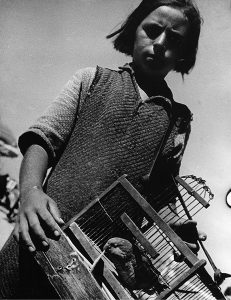
To satisfy the public’s post-war craving for uncensored information, print media outlets increased and photographers’ roles grew ever more important. Photojournalism and the Illustrated Press depicts the golden era following the war and preceding the age of television, where photographic narratives were told almost cinematically—often released in episodes and special editions. Finally, From Art to Document highlights amateur photo clubs and the fiery debates between two opposing schools of thought—realists and formalists—fundamental to the history of photography in Italy.
Movie posters and video collages illustrate the link between Italian neorealist filmmakers and photographers. Their common goal was to help Italy create a new self-image that would unite a culturally diverse and economically disparate nation. A key difference being that while cinema depicted realism, it remained essentially fiction. Photographers, on the other hand, portrayed genuine people, real landscapes, and collective stories that reverberated with heart and soul, humanity and hope.
The exhibit NeoRealismo: The New Image in Italy, 1932–1960 at the Museo Italo Americano was curated by Enrica Viganò, organized by Admira, Milan, and sponsored exclusively by E. L. Wiegand Foundation of Reno, Nevada.
